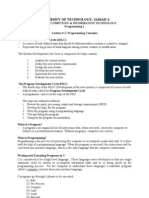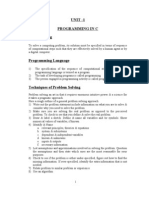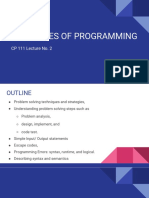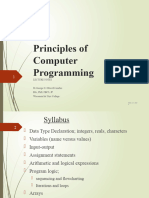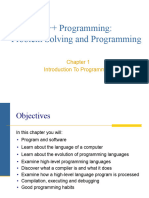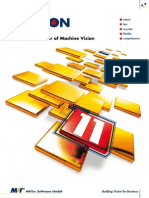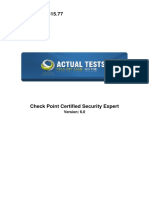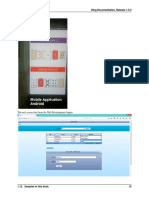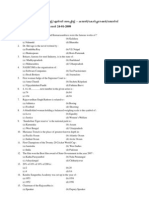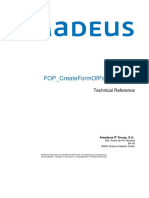0% found this document useful (0 votes)
7 views84 pagesLesson-2 - Progr. Process and Running Programs in C
This document outlines the fundamentals of programming in C, including the structure of a C program, the programming process from creation to execution, and the importance of comments and data types. It covers various programming concepts such as variable declarations, assignment statements, and input/output operations, along with common programming errors. Additionally, it discusses the problem-solving process and provides examples related to payroll calculations and a miles-to-kilometers conversion program.
Uploaded by
yakubss.2114Copyright
© © All Rights Reserved
We take content rights seriously. If you suspect this is your content, claim it here.
Available Formats
Download as PPTX, PDF, TXT or read online on Scribd
0% found this document useful (0 votes)
7 views84 pagesLesson-2 - Progr. Process and Running Programs in C
This document outlines the fundamentals of programming in C, including the structure of a C program, the programming process from creation to execution, and the importance of comments and data types. It covers various programming concepts such as variable declarations, assignment statements, and input/output operations, along with common programming errors. Additionally, it discusses the problem-solving process and provides examples related to payroll calculations and a miles-to-kilometers conversion program.
Uploaded by
yakubss.2114Copyright
© © All Rights Reserved
We take content rights seriously. If you suspect this is your content, claim it here.
Available Formats
Download as PPTX, PDF, TXT or read online on Scribd
/ 84





